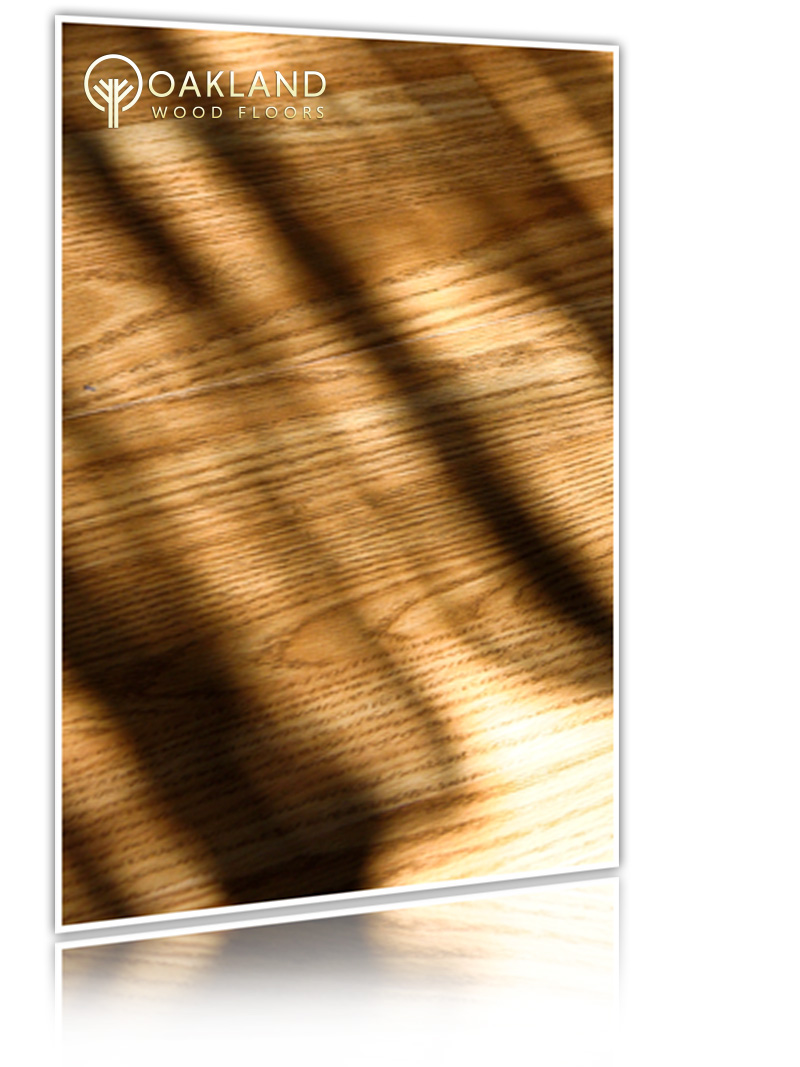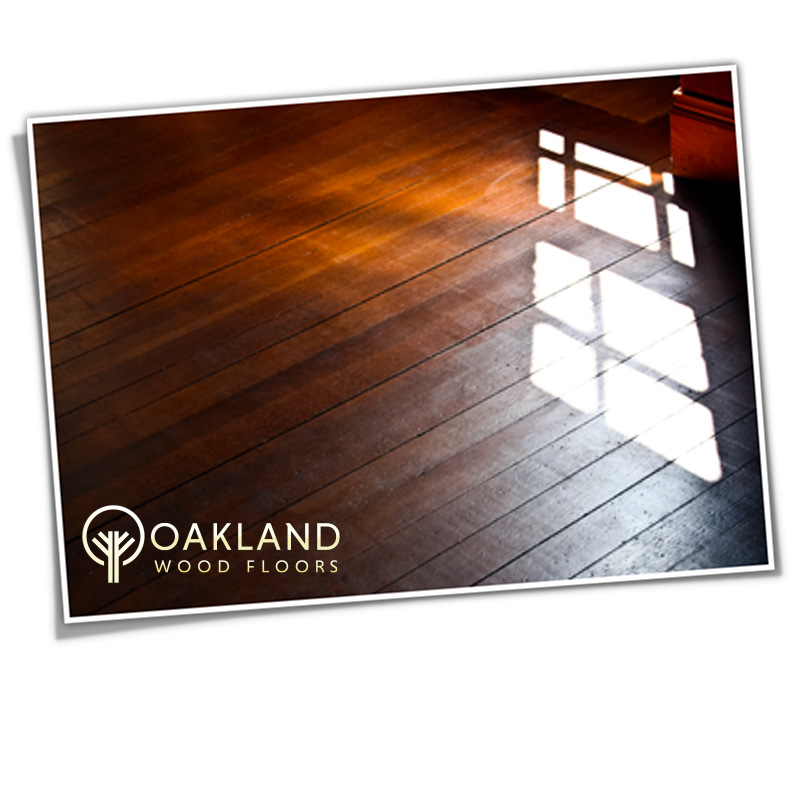 One of wood's unique beauties can only be revealed in an equally unique environment. Certain woods, when examined under a black light, will exude an unusual florescence, a beautiful glowing light emanating from the growth rings.
One of wood's unique beauties can only be revealed in an equally unique environment. Certain woods, when examined under a black light, will exude an unusual florescence, a beautiful glowing light emanating from the growth rings.
All fluorescence is caused by an absorption of invisible light energy by something with the ability to transform it and emit it at wavelengths that are visible to the eye. For humans, the possibility to see light over the spectrum of wavelengths varies from about 8,000 Angstrom units (red) to about 3,800 Angstrom units (violet). Each unit is about four billionths of an inch and is one of the primary measurements of wavelengths. Black light falls in about 3,800 to 3,200 Angstrom units, just below invisible ultraviolet light. The light visible from a black light ranges up into the violet range, making only the purplish light visible to the human  eye.
eye.
Depending on which wood you're viewing, the florescence can be barely visible or extremely bright. Yellow seems to be the most common color to glow, and very radiantly in woods like black locust, honeylocust, and Kentucky coffeetree.
So this unusual property creates limitless potential for new projects for woodworkers or craftsmen. Jewelry, sculpture and masks have been made into even more interesting pieces due to their florescent properties. The possibilities are endless. Taking multiple woods to create one piece can produce and work with multiple colors of florescence. An American smoketree produces deep yellow, a common winterberry produces a light blue and a mango produces a faint orange. If your desire is to reduce the glow, most finishes will diminish some of this glow.
Also, over time wood will lose some of its brilliance. The more that the wood is exposed to daylight, the more that wood will lose its glow, especially if it is exposed to direct sunlight. Normal daylight conditions over a year will reduce the florescence of wood up to half as much of its brilliance. If you want to retain the glow, keep the piece in darkness. Also, clear paste wax seems to have the least dulling effect on reducing the glow of the wood.




